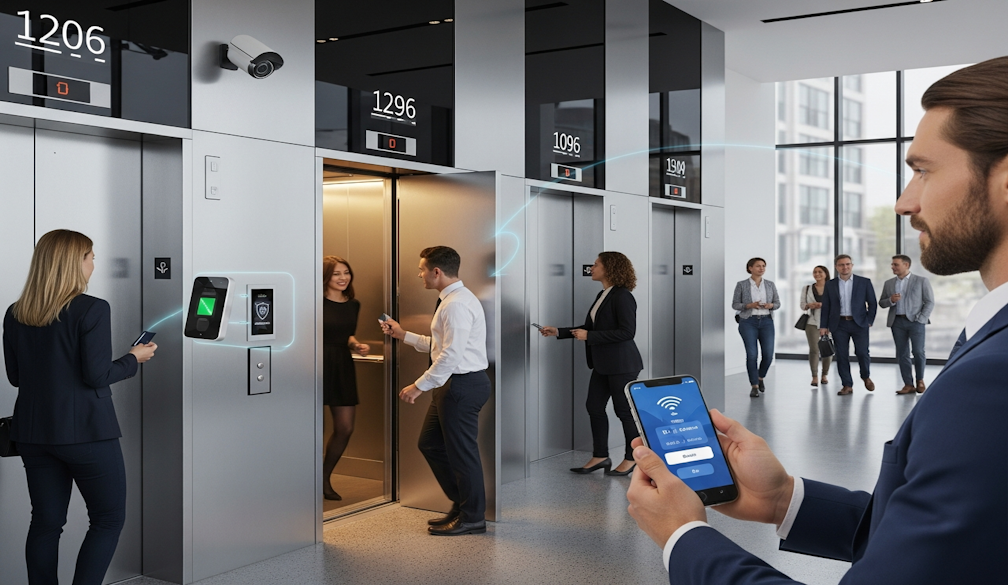Lift Security in Mixed-Use Developments: Managing Public and Private Access

Mixed-use developments have become a defining feature of modern urban design, combining residential, commercial, and retail spaces within a single structure. While this integration enhances convenience and community connection, it also introduces unique challenges—particularly when it comes to managing lift access and maintaining security across different user groups.
Ensuring that residents, office workers, and visitors can all move efficiently through the building without compromising safety requires thoughtful planning and advanced technology. That’s where tailored security solutions for commercial lifts come into play, offering building owners and managers the ability to maintain strict control while preserving convenience.
The Challenge of Shared Access
In mixed-use environments, lifts are often the primary means of vertical transport. However, unlike in single-purpose buildings, not all users should have unrestricted access to every floor. For instance, residents shouldn’t be able to access office areas after hours, and the general public should be limited to specific retail zones. Without a robust access control strategy, security lapses can occur—leading to potential safety risks, privacy breaches, or unauthorised entry into private areas.
Integrating Smart Access Control
Modern lift systems are now capable of much more than basic up-and-down functionality. Advanced integration with security systems allows building managers to assign specific access rights based on user type, time of day, or even event schedules. Keycards, mobile access apps, and biometric authentication can all be synced with the lift’s control system, ensuring only authorised users reach designated floors.
This integration not only enhances safety but also creates an efficient, seamless user experience. For example, an office employee’s swipe card might grant access to the building lobby, parking area, and specific work floors, while a resident’s access credentials may include private amenities and their own residential level—nothing more, nothing less.
Monitoring and Compliance
Comprehensive monitoring plays a crucial role in maintaining lift security. Security cameras and logging systems help record all access events, providing a clear audit trail for building management. This data can assist in investigating incidents or verifying compliance with safety regulations. Additionally, building owners can use analytics to identify patterns—such as high-traffic periods or repeated access attempts to restricted areas—and adjust their systems accordingly.
Designing for Flexibility and Future Growth
As technology evolves, so too do the expectations of building occupants. Mixed-use developments should be designed with adaptable lift security infrastructure that can accommodate future upgrades. Whether incorporating facial recognition, touchless entry, or integrated emergency communication systems, having a scalable platform ensures the building remains secure and efficient for years to come.
Final Thoughts
Managing lift access in mixed-use developments is about more than just convenience—it’s about protecting residents, tenants, and visitors while supporting the smooth operation of a complex ecosystem. By investing in intelligent lift control and security solutions for commercial lifts, building owners can strike the perfect balance between accessibility and safety. When thoughtfully designed, secure lift systems not only enhance peace of mind but also contribute to the overall reputation and value of the development itself.

















